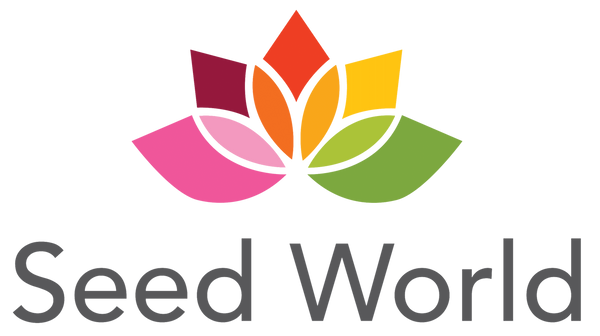Seed World
1000 Hardy Tongue Fern Spores – Asplenium scolopendrium
1000 Hardy Tongue Fern Spores – Asplenium scolopendrium
Couldn't load pickup availability
Bring year-round greenery and texture to your garden with the Hardy Tongue Fern (Asplenium scolopendrium) — a resilient evergreen fern known for its shiny, strap-shaped fronds that resemble a tongue. Unlike most ferns with feathery leaves, the Tongue Fern’s simple, elegant form makes it a striking choice for shade gardens, rockeries, and woodland borders.
Native to Europe and North America, this fern thrives in cool, shaded, and moist environments, maintaining lush green foliage even through winter. Perfect for adding natural beauty to shaded spots or container displays, the Hardy Tongue Fern is easy to grow and provides a timeless, low-maintenance charm.
🌱 Why Grow Hardy Tongue Fern (Asplenium scolopendrium) Spores?
- Unique strap-shaped fronds for a modern, minimalist garden look
- Hardy evergreen that stays vibrant through winter
- Ideal for shade gardens, rock walls, and underplanting trees
- Low-maintenance, pest-resistant, and long-lived
🌿 Growing Tips:
-
Sowing: Sprinkle spores evenly on moist, sterile compost — do not cover; light aids germination.
-
Moisture: Keep soil consistently moist, but not soggy.
-
Temperature: Maintain 65–75°F (18–24°C) until germination (2–6 weeks).
-
Light: Prefers partial to full shade; avoid direct sunlight.
- Transplanting: Move young plants to shaded beds or pots once fronds appear.
This fern thrives in humus-rich, limey soil and rewards patience with beautiful, glossy leaves year after year.
❓ Frequently Asked Questions (FAQ)
Are these seeds or spores?
These are fern spores, which germinate into ferns under moist, warm, shaded conditions.
Can I grow Tongue Fern indoors?
Yes! It thrives indoors in indirect light and high humidity.
How long does it take for spores to grow into ferns?
Expect germination in 2–6 weeks, with mature fronds forming in a few months.
What zones is this fern hardy in?
Hardy Tongue Ferns grow best in USDA Zones 5–9.
Is it evergreen?
Yes — it retains its beautiful green leaves all year, even through mild winters.
Where to Buy Hardy Tongue Fern Spores for Sale?
At Seeds World, we offer fresh Hardy Tongue Fern (Asplenium scolopendrium) spores with fast U.S. shipping. Start growing your own evergreen fern collection today — perfect for shade gardens and year-round interest.
Share










